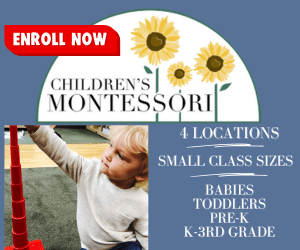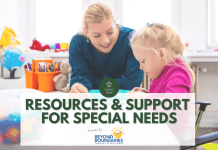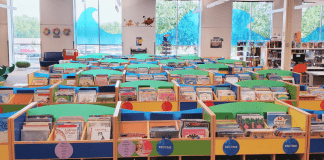Disclaimer: The following information is not meant to serve as medical advice or medical footwear recommendations. Please consult a medical provider if you or your child have foot-related injury or pain you need to address.
Shoes for Kids
Choosing which shoes are best for your child can seem like a simple task.
However, search “shoes for kids” and Google will provide you with about three thousand results in 0.89 seconds.
That’s a lot of information to weed through when you’re trying to find options for your kids.
While there is no one ‘best’ shoe for anyone, you can use this as a starting point for your own research to help find a good fit for your kids!
First, it’s important to pay attention to the length, width, and depth when fitting your child’s shoe. Many foot and toe problems (ingrown toenails, hammertoes, blisters or calluses, and bunions) result from poorly fitting shoes and are easily preventable.
Early Walkers
For younger kids, the foot structure is fully developed but the foot bones don’t fully harden until about 18 years of age. Most of the foot structure for an early walker is made of cartilage, which helps with adapting to uneven surfaces and absorbing shock.
Generally, barefoot is good for both neurological and musculoskeletal development. When shoes are needed, a soft-soled bootie or moccasin is recommended for the foot to be able to adapt to the best of its ability, while still being protected.
Toddlers to Teenagers
Similar rules can apply starting with toddlers, continuing in the teen years, and into adulthood.
Even for children as they get older, as close to barefoot can be a good option for their growing feet. And barefoot shoes allow the best of both worlds.
What are Barefoot Shoes?
Despite the name, barefoot shoes does not mean you go barefoot! They are shoes that are designed to allow for the most natural freedom of movement for the feet. Also called “minimalist shoes,” barefoot shoes have certain guidelines that put them into that category:
Guidelines for Barefoot Shoes
- Wide toe box: the widest part of the shoe should be at the toes.
- Thin soles: allow children to feel the ground and adapt to their surroundings.
- Flat sole: no heel lift or toe spring
- Flexible sole: test flexibility by bending the shoe in half, the shoe should be able to allow your child to accommodate types of foot motion from all directions.
Shoe brands that generally comply with the requirements above:
- Splay
- Vivobarefoot
- Be Lenka
- See Kai Run
- Feel Ground
- Xero Shoes
- Wilding Shoes
- Magica Shoes
- Muki Shoes
- Zuna
- Zeazoo Shoes
- Saguaro Barefoot Shoes
- Origo Shoes
- Soft Star Shoes
- Lems
- Ten Little

















